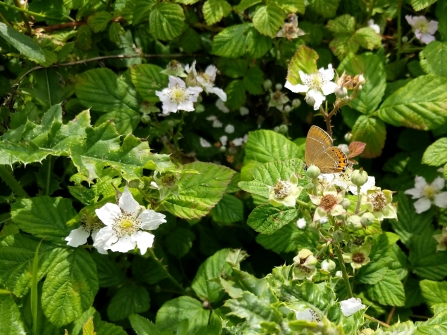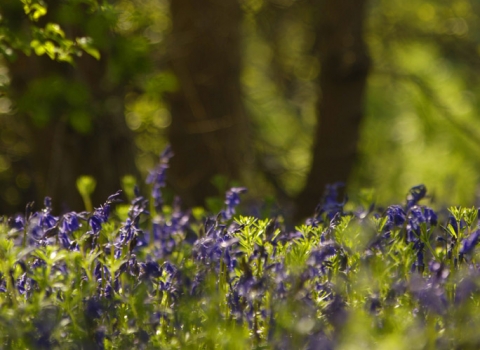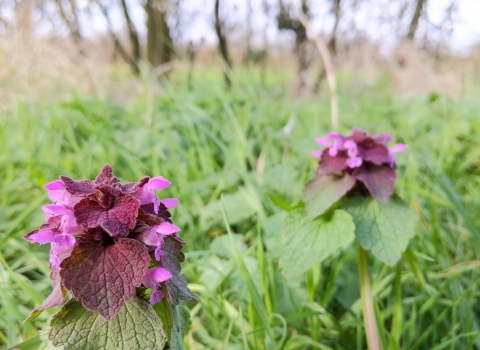It’s a struggle to even know where to start because I love so many things about spring. Probably the favourite thing is blackthorn blossom. Or is it daffodils? or maybe bird song…
Phenology
As an outdoor person, I struggle a bit through the winter, so look for signs of spring as soon as possible from January, sometimes writing them in my calendar to compare to previous years. This is called phenology: last year I heard a woodpecker in late January, this year I didn’t hear one until late February. You can use phenology to study the effects of climate change. Some species use temperature as a cue to flower or come out of hibernation, some use day-length. It can be a problem when some species wake up and others don’t, for example, hedgehogs may wake earlier than usual in a mild winter, but find there is no food for them. Timing is important for spring flowers, many of them have their entire lifecycle in a short few months to coincide with the time when most light reaches the ground. I love looking for the first bluebells, last year my first photo of a bluebell was the end of March in Wistow Wood. The sight of a carpet of bluebells really lifts spirits. You can do a search on our website for woods near you that are good for spring flowers, (but please follow social distancing guidelines and only access our reserves if you can walk to them).
Blackthorn is such a beautiful bush in flower - a lovely contrast with the bare dark twigs and the bright white flowers. It’s good for wildlife as it provides early nectar for insects, fruit in autumn and protected nesting sites for birds. Last year I saw my first black hairstreak at Glapthorn Cow Pastures; the caterpillars feed on blackthorn. I taught a friend about blackthorn and hawthorn, who asked every year . . . ”is it blackthorn that has flowers first and then leaves, or is that hawthorn?” Blackthorn wakes up first, it flowers early then gets leaves, hawthorn gets leaves first (usually after blackthorn starts to flower), and then flowers. The early flowering of blackthorn is a (risky) strategy to ensure they are one of the few flowers around when the first insects appear.




